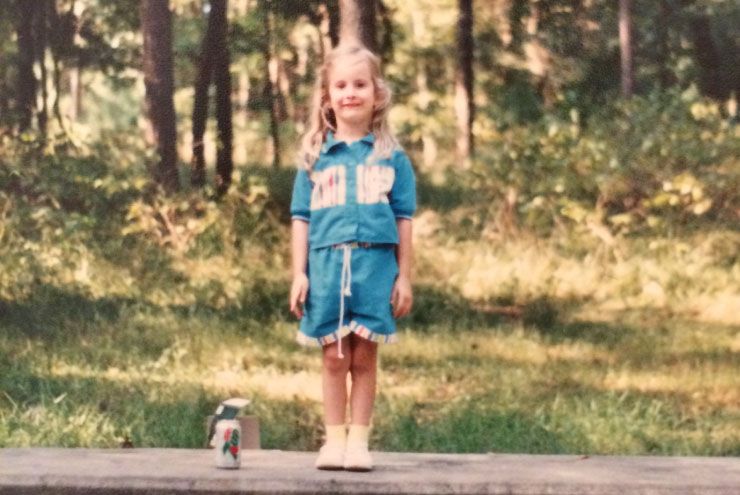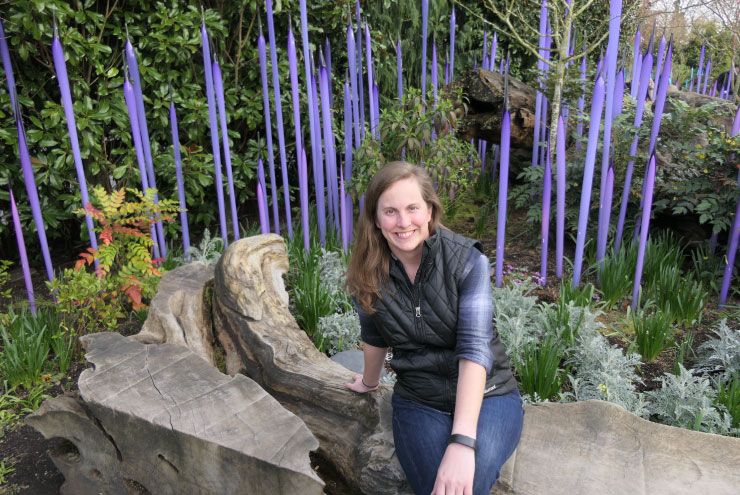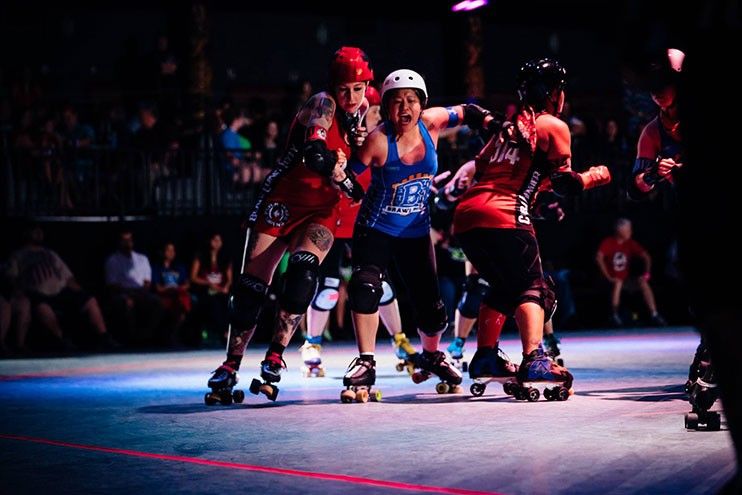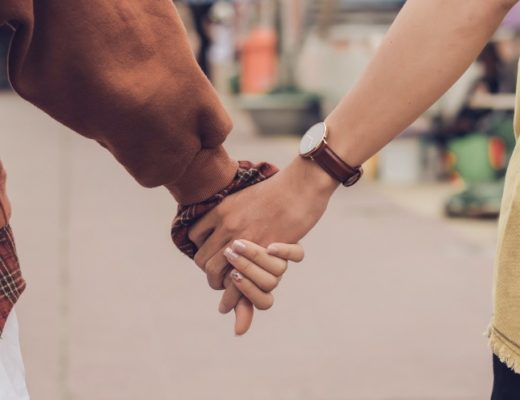By Christine Mansfield
“You can’t do that!” Don’t worry, those aren’t the words of a pessimistic friend or an unsupportive family member. No, those are the words of pint-sized kindergartener me, telling a grown man at the park (who was part of a pack of motorcyclists, I might add), that he could not throw trash on the ground. I don’t remember the incident myself, but I’ve been told that my mom’s friend, who was watching me at the time, was terrified of what would happen next. In my defense, I came by my love of nature honestly.
I was started at a young age on a solid diet of camping, gardening, and recycling—all things that were less familiar to the Houston of 30 years ago than they are today. My mother would introduce me to plants and birds whenever we went on walks, naming each for me. She taught me to get my hands dirty, and that it was okay to eat mint leaves right off the plant in our garden. My father took me camping and taught me about the stars. He let me fill his backpack with cool rocks as we hiked, and took me with him to drop paper, cans, and bottles off at the recycling center before curbside pickup existed. Is it any wonder that some of my first aspirations in life were to be a rainbow or a flower?

“My mother would introduce me to plants and birds whenever we went on walks, naming each for me. She taught me to get my hands dirty, and that it was okay to eat mint leaves right off the plant in our garden.” -Christine Mansfield
Growing up as the daughter of a scientist and a doctor, scientific inquiry was encouraged, as was a love of learning and a commitment to studying. Those were my priorities—which also meant, as much as I wanted to be a flower when I was younger, I was definitely a late bloomer in the romance department.
Then, something happened—something I wasn’t expecting, something I never saw coming. Someone close to me at the time came out, and my world shifted. As silly as it sounds, I never knew being gay was an option. And then, all of a sudden, it became not only an option, but an answer.
That’s not to say that I came out the next day—it took the better part of high school for me to question, process, and begin to accept my queerness. By the time I was ready to leave for college, I knew two things: that I needed to get out of Texas, and that I needed to go to a university where I could comfortably explore all facets of my identity.
As luck would have it, a caring teacher’s vivid description of a stream that ran through campus, as well as the acceptance of the college community, sold me on visiting the University of California, Berkeley. The campus tour was impressive, but I knew that I had found my fit as I watched two girls freely and easily hold hands as they strolled down the street.
My time at Berkeley allowed me to embrace my sexuality in a place that already understood my love for the environment. Composting was normal and expected, community gardens were a common sight, social activities were often in parks, and no one cared when I shaved my head in an effort to find a style that reflected my identity. I had finally found a city that embraced me as a whole.
The irony of it all is that I didn’t meet my first girlfriend until I took a trip home to Texas. As we dated, those trips home also forced me from my beloved Berkeley bubble. They reminded me that there was another place that I loved, a place I still called home, that wasn’t as well–versed in the environment or equality.
In the end, I came back to Houston for a relationship and stayed for the community. Berkeley didn’t need another champion of the environment, but Houston did. It needed more people who cared about green spaces and wildlife. And so I began to share what I had learned—first in after-school cooking and gardening classes, then in camps on wildlife. I led urban youth in summer jobs caring for parks and gardens, and eventually ended up teaching Houstonians of all ages about the city’s native prairie ecosystem, an often forgotten and undervalued piece of the city’s history and structure.
I wore many hats, as most nonprofit employees often do, and slowly, teaching became marketing, a job that allows me to introduce an even wider audience to the beauty of the natural world. It seems a fitting role for the girl whose Texas friends nicknamed her “Hippie,” and whose exes all know the importance of recycling.
There have been many times in my life when I’ve been unsure of my identity, not known where I fit, and doubted myself and my path. In those moments, I would look to the constants—to the things that pop up over and over again, the things that strike a chord in me, the things that resonate and bring me joy. I have always found peace and clarity in nature. I have always wanted to do my part so that future generations can enjoy the great outdoors. At the end of the day, I’m still that little girl looking out for Houston’s green spaces. Oh, and that guy at the park? Yeah, he picked up his trash.








Catherine Jacobus
April 28, 2018 at 1:58 PMWhat a wonderful essay, dear Christine!
Your emotional journey, matched with your devotion to nature, combine to make a lovely story. Thank you. And come to the Vineyard with your Dad and Kay this summer. Xxx Catherine Jacobus